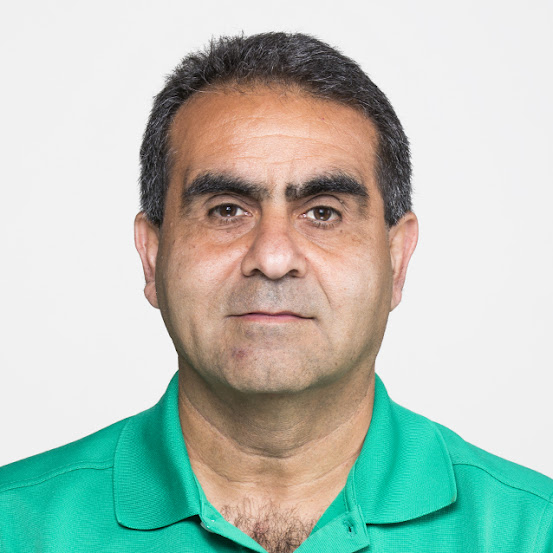Dr. Abbas Nikroo
Seminar Information

Inertial confinement fusion (ICF) involves heating (~ 100 million °C) and compression (~ 1000 g/cc) to fuse milligrams quantities of deuterium-tritium fuel contained in a low Z ~ 1 mm radius capsule using high energy lasers (~ > 2MJ class) to conditions similar to what is encountered in the core of the stars. It effectively makes a star in the laboratory for ~ 10’s ps at a scale size of ~ few 10’s µm. The primary use of achieving such conditions is to allow the study of properties and behavior of mater and radiation at conditions of extreme temperature, pressure, or density which must be understood to probe fundamental weapons physics issues and validate the codes and models used to certify the stockpile. It also has the secondary but important potential of generating electricity when the gain or (fusion output energy)/ (laser input energy) exceeds ~ >50x when performed at ~ 10 Hz in a ~ 1 GW fusion power plant or the so-called Inertial Fusion Energy (IFE) scheme. In this talk, we will briefly discuss the basics of ICF and present the recent results at Lawrence Livermore National Laboratory (LLNL) which have for the first time in nearly 60 years shown net grain from the ICF process. Central in this achievement has been the engineering of the “single shot” ICF targets, including development of various processes to enable the robust fabrication of capsules and other target components. We will discuss the highlights of such developments including the extensive metrology involved at nm levels on mm size objects. We will also discuss the challenges for extending this to reprated requirements for IFE.
Abbas Nikroo received his Ph.D. in condensed matter physics from the University of California at Santa Barabara. He is currently the Deputy Director for Physics Integration at the National Ignition Facility after leading the target fabrication programs both at LLNL and General Atomics for many years spearheading both research and production of targets and target components for the ignition and high energy density efforts at NIF, Omega and Z. He received the Fusion Power Associates’ David J. Rose Excellence in Fusion Engineering Award (2003), the IEEE Excellence in Fusion Engineering Award (2012), and the Larry Foreman Excellence in Target Fabrication Award (2022), as well as a number of NNSA Defense Program Awards for his various contributions to NIF experiments.
